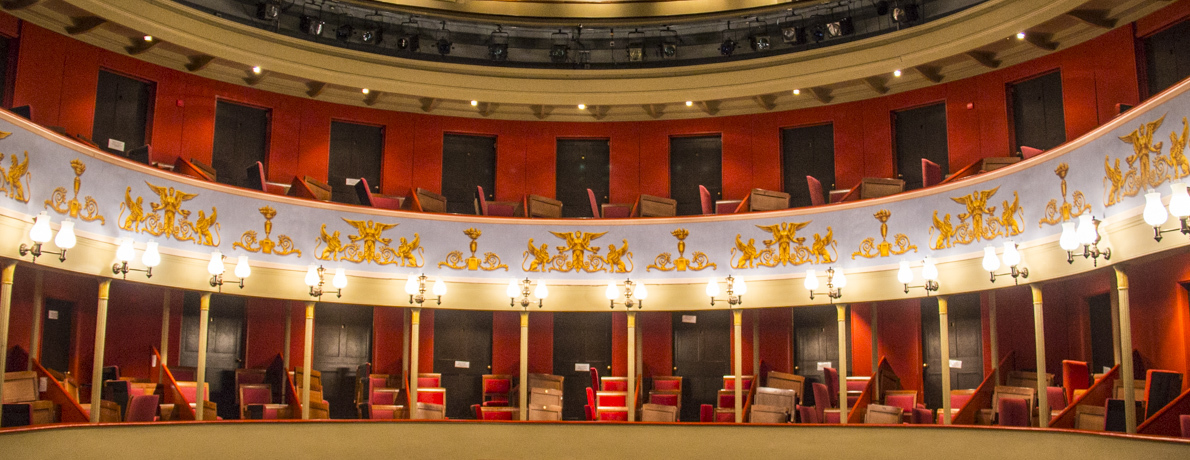
Renowned as a cathedral city, the Suffolk town of Bury St Edmunds was built on the Medieval pattern with two distinct squares, God’s Square and the People’s Square. At first the Abbot controlled both but over the centuries the two have gone their separate ways. Today, although there is still a geographical separation there is a pleasing harmony between the two. Entertainment has always been a popular theme with the people of Bury St Edmunds and Theatre Royal Bury St Edmunds was the first of several very interesting places I visited in the People’s Square.
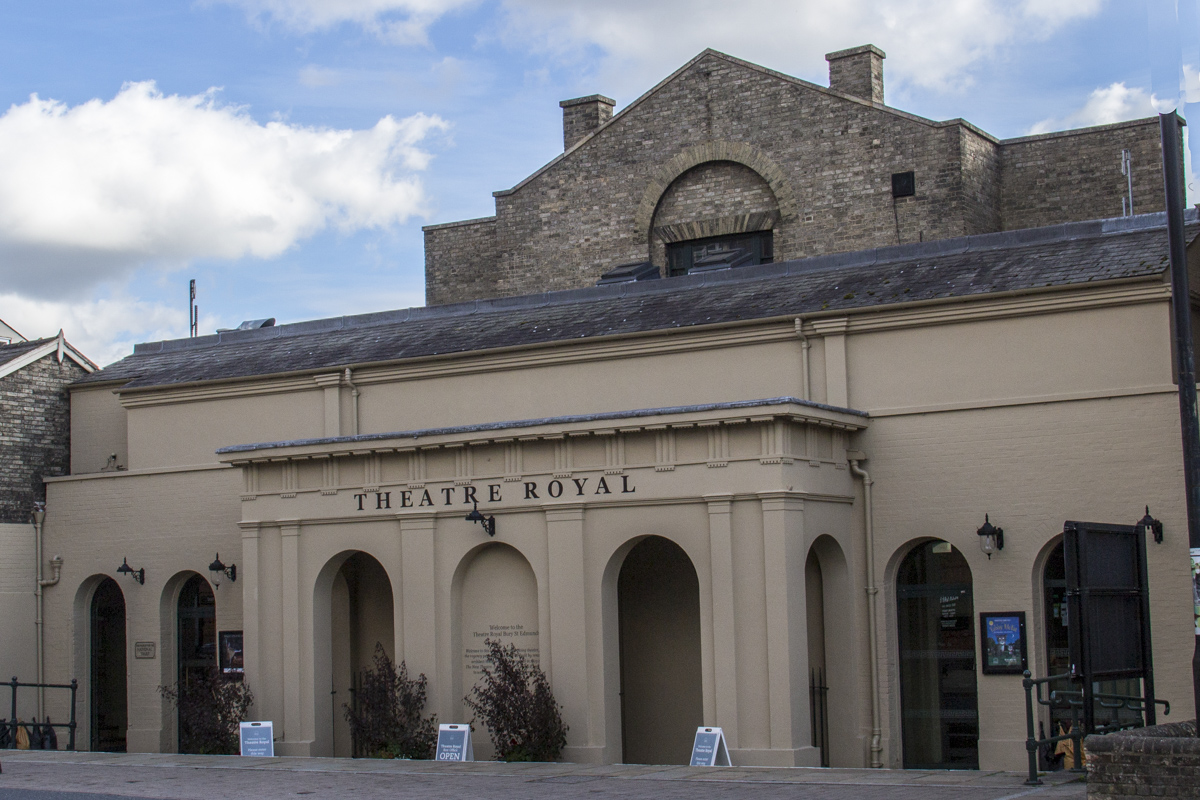
Theatre Royal Bury St Edmunds in Bury St Edmunds, Suffolk
Theatre Royal Bury St Edmunds
Imagine over seven hundred unwashed bodies crammed into a small theatre. Only three water closets available; tallow candles burning for illumination and flares of powdered lime for spotlights. Performances would start late evening and last for four or five hours. Everyone knew their place and had their own entrance – gentry in the dress circle and upper dress circle, middle class in the stalls on benches and working class standing in the gods. It was hot and smelly but it was the place to be in town. This was the picture Stephen Moody painted for me on my tour of the theatre. This theatre first opened in 1819 and is still popular to this day. In 2007 the theatre was restored to its original Regency splendour, the only one in the UK. The capacity has been greatly reduced thanks to the addition of sixty-five seats in the gods where originally one hundred and twenty people would have been squashed together. The fights that erupted up there simply added to the entertainment of the evening.
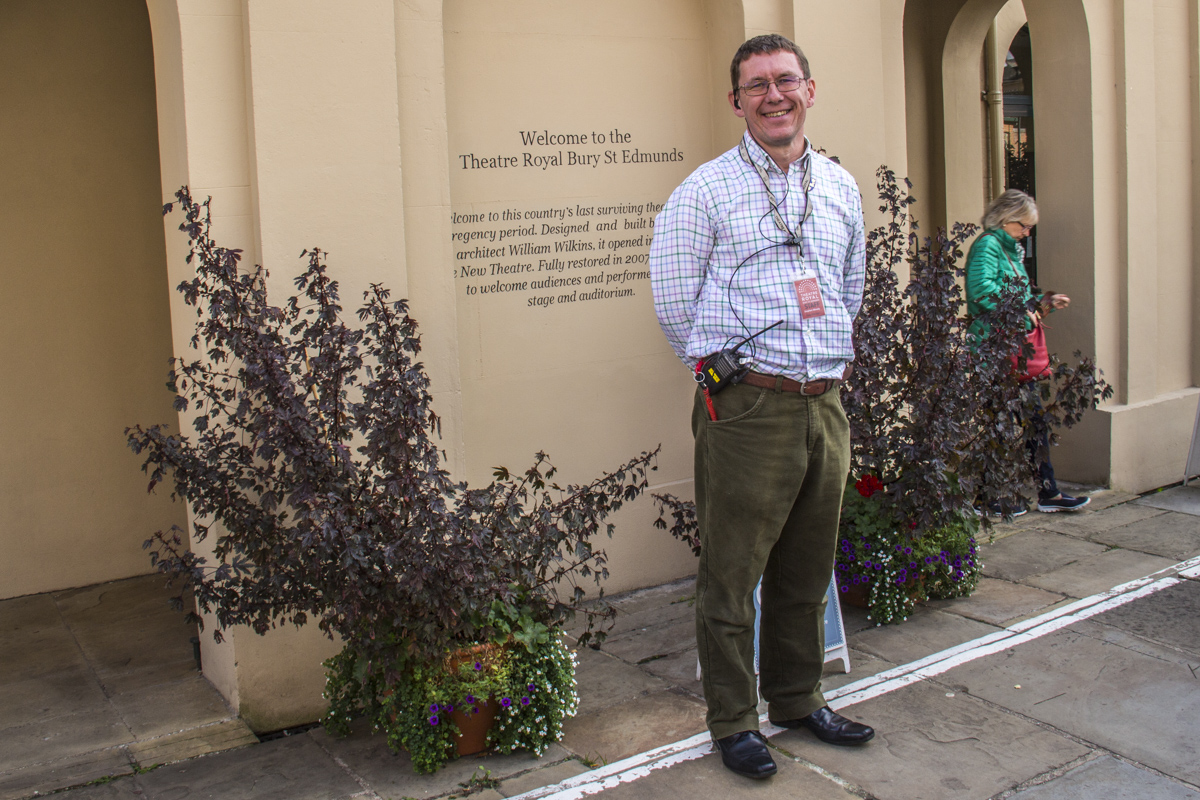
Stephen Moody, guide at Theatre Royal Bury St Edmunds in Bury St Edmunds, Suffolk
This stunning theatre was the creation of William Wilkins. He bought a plot of land in Bury St Edmunds to fulfil his ambition to build a theatre that replicated the amphitheatre at Taormina on the island of Sicily. The plot he acquired in on Westgate was perfect as it sloped downhill which accommodated his plan. Initially, as Bury St Edmunds already had a very successful theatre in the town centre, it was known as the New Theatre. It changed its name to Theatre Royal Bury St Edmundsl in the mid-nineteenth century despite not enjoying the prestige of a royal licence. A loophole in the law meant many theatres were able to change their name to Theatre Royal Bury St Edmunds.
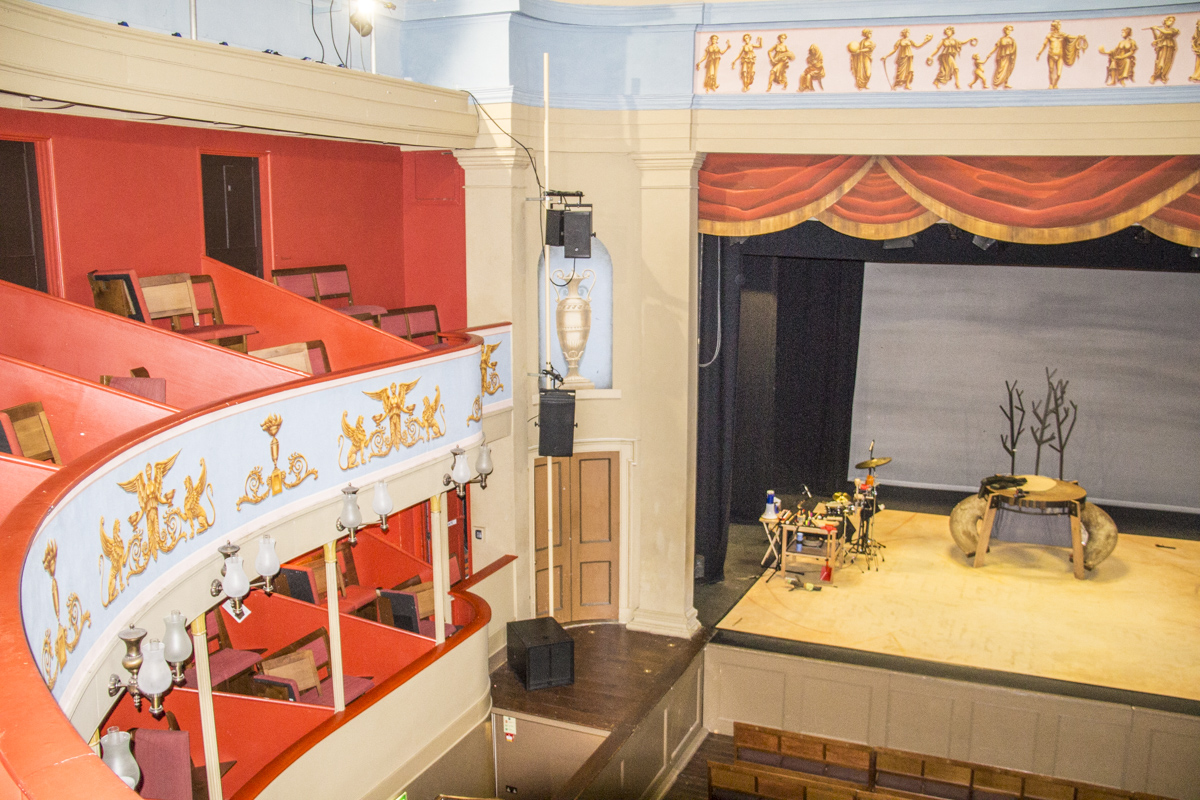
Inside Theatre Royal Bury St Edmunds in Bury St Edmunds, Suffolk
In 1920 the local brewery, Greene King, bought the freehold of the theatre which finally closed in 1925, unable to compete with two new cinemas in the town. (One of them, the Abbeygate cinema, is still operational and although modernised remains relatively unchanged.) The brewery used the building as a barrel store thereby preserving the fabric of the building. In the 1960s the local community raised the money to restore and re-open the theatre in 1965. In 1975, the National Trust, anxious to preserve this national treasure, took a 999-year lease on the building. The theatre is now managed by Bury St Edmunds Theatre Management Limited. Its restoration to its Regency origins was undertaken between 2005 and 2007. It now offers a unique theatrical experience not only regarding theatrical performances but also through the tours and workshops it offers. Having explored the whole theatre with Stephen, including the star dressing room and the tiny orchestra pit that holds up to thirty musicians, I set off to find the building that housed the first theatre here.
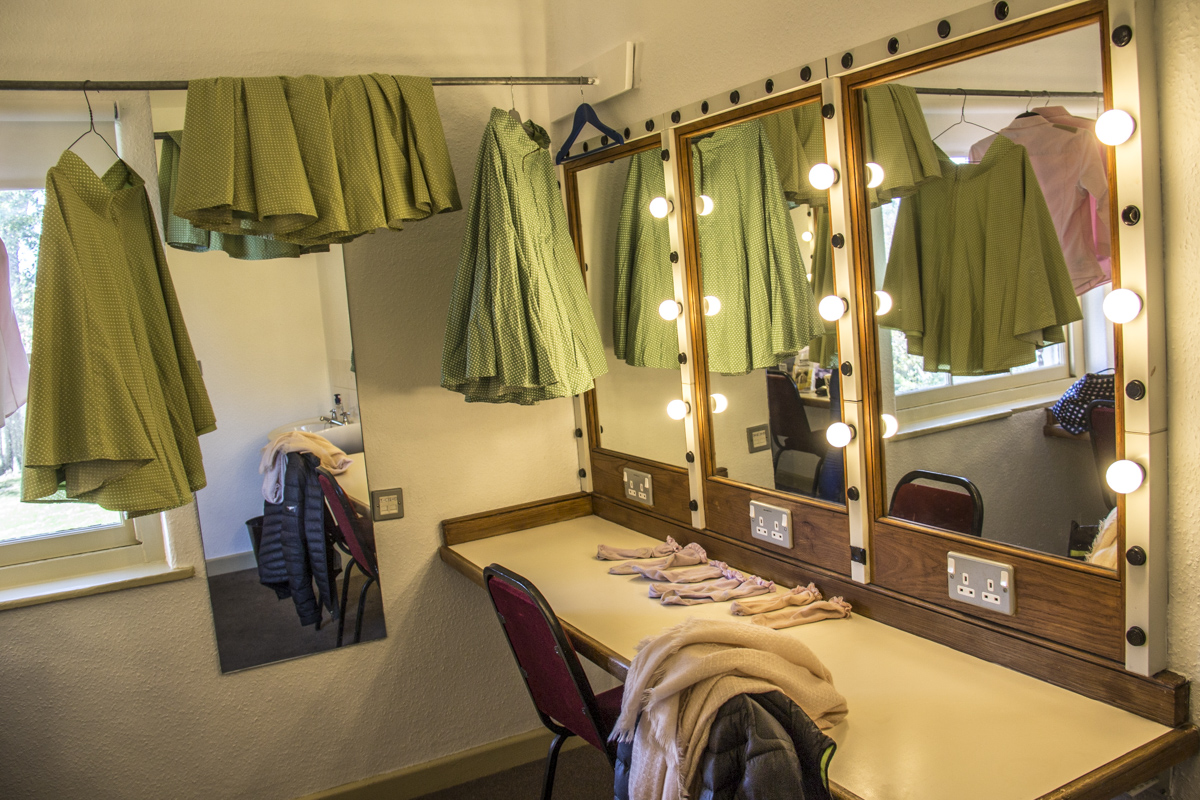
Star dressing room at the Theatre Royal in Bury St Edmunds, Suffolk
Market Cross Theatre
The first permanent theatre in the town occupied the first floor of a building originally known as Cornhill. At the top of Cornhill it overlooks an open space where the weekly markets take place. By 1725 when this theatre opened, the building had become known as the Market Cross. So named because it marks the site of a crucifix in the centre of the ancient market place. Theatrical productions taking place here were exclusive to the upper classes and would not start until eleven at night and finished around four in the morning. They did not have to get up for work the next day. The famous architect, Robert Adam, was responsible for the decoration on the exterior of this imposing cruciform building. He designed the four carved panels on either side of the front and back doors that represent the Muses which are still there today.
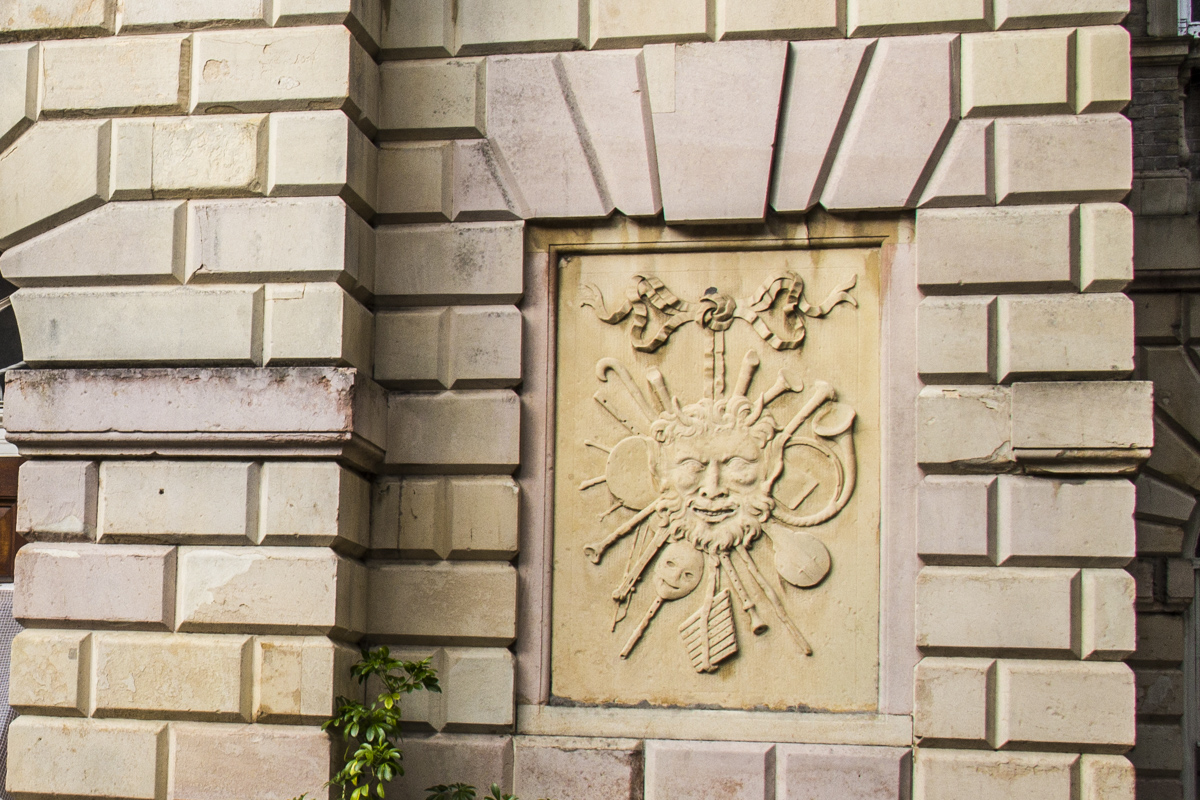
Carved panel on Market Cross in Bury St Edmunds, Suffolk
Whereas the exterior has not changed much over the years the magnificent interior, also created by Robert Adam has been lost as the building has been subjected to many changes of use over the years. Due to competition from the new Theatre Royal Bury St Edmunds, opened in 1819, it first became the Concert Room, then the Town Hall. In 1972 Bury St Edmunds Art Society turned it into an art gallery which occupied the building for many years. In 2010, in an effort to re-generate interest in the art gallery, the name of the building was changed, temporarily, to Smiths Row – after a row of market stalls sited near the gallery in medieval times. The art gallery moved out in 2015 and currently the future of this lovely building, owned by St Edmundsbury Borough Council remains uncertain.
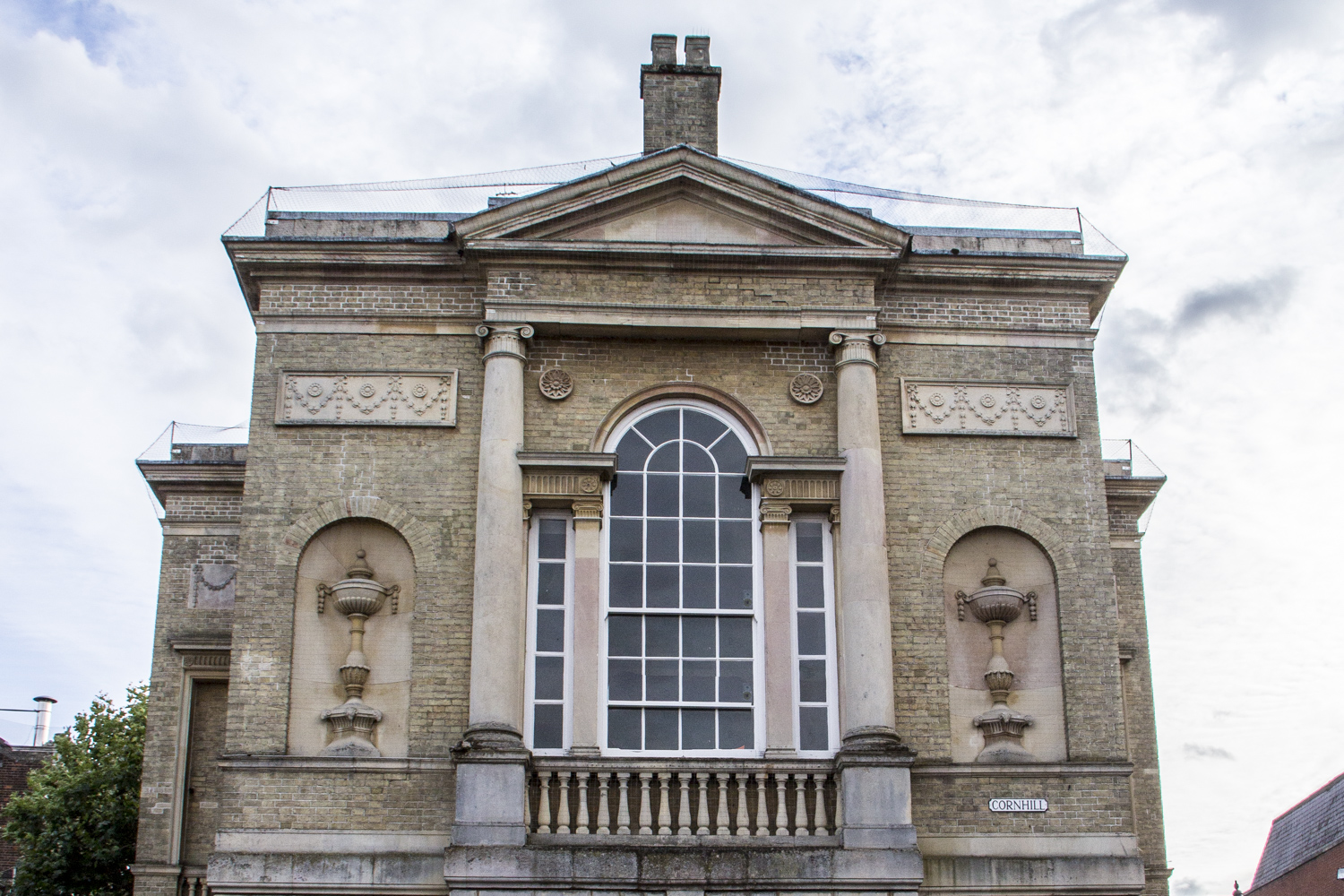
The old Market Cross Theatre in Bury St Edmunds, Suffolk
A Local Brewery and Two Distinctive Public Houses
Greene King Brewery is the result of an amalgamation of two breweries in 1887 – the Westgate Brewery founded in 1799 by nineteen-year-old Benjamin Greene and Frederick King’s St Edmunds brewery, established in 1886. It has occupied its impressive building on Westgate since 1938 and still upholds a tradition of providing housing for its employees.
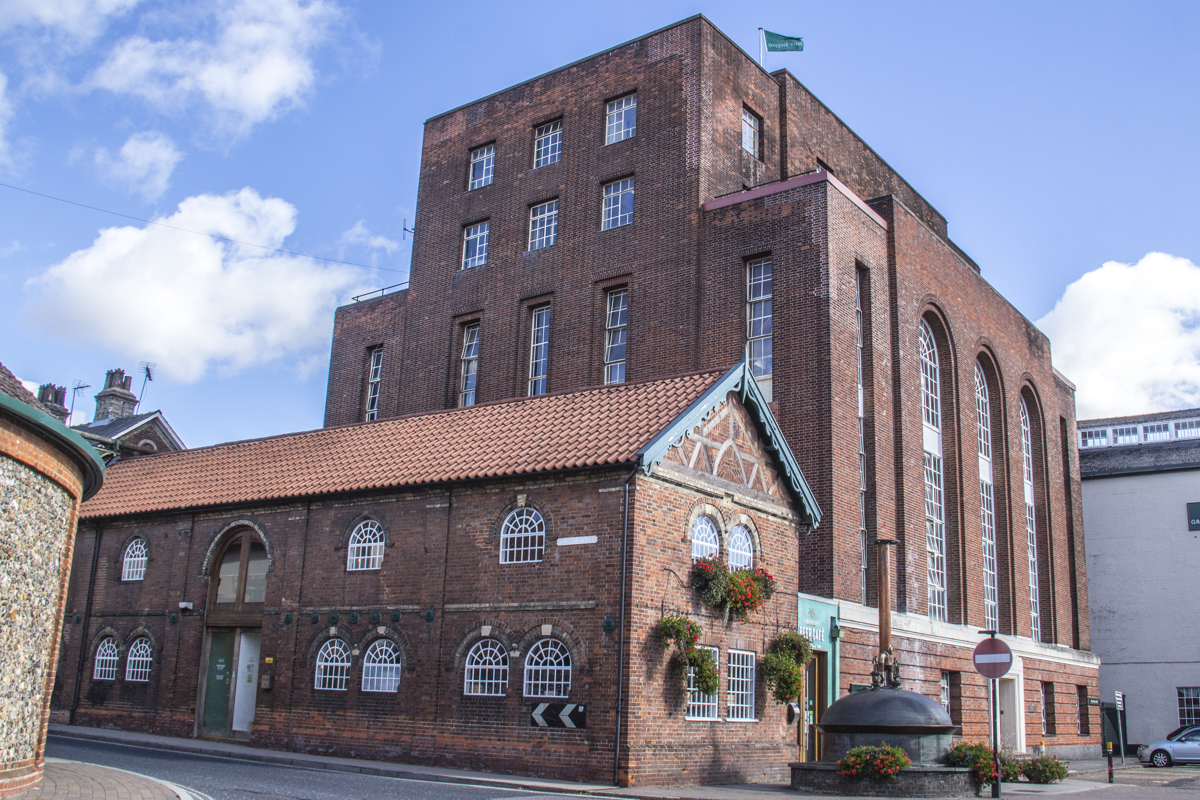
Greene King Brewery in Bury St Edmunds, Suffolk
Greene King Brewery Tours are available to the public and I went on one to learn more of its history. Maureen was our guide and took us on a journey from the ground floor to the roof top. On the way we learned about the history of the brewery and the brewing process which includes the production of several well-known cask beers including the Old Speckled Hen. The mystery of this rather strange name was unfolded for me – it took its name from an unusual car now on display in the brewery. Our tour ended with a very convivial tasting session in the brewery bar.
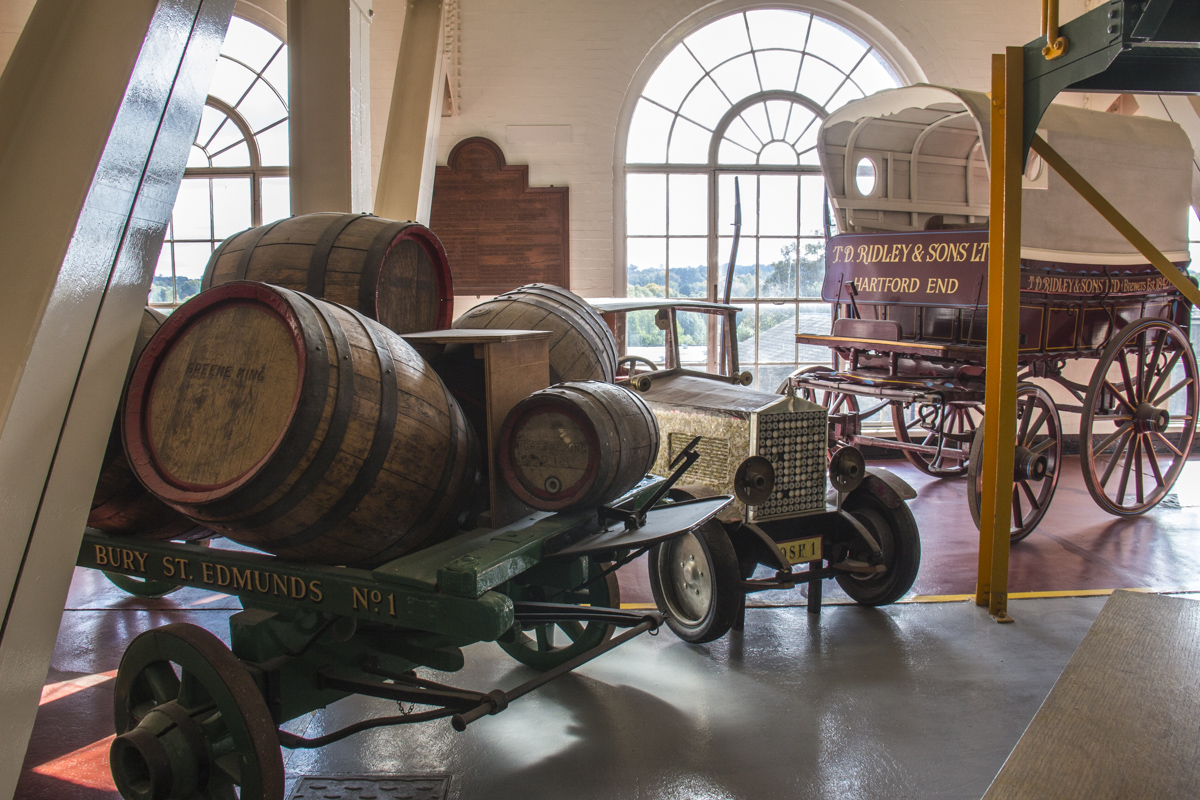
Exhibits in the Greene King Brewery in Bury St Edmunds, Suffolk
Greene King Brewery owns eight hundred pubs and one of them, The Nutshell, is the most famous public house in Bury St Edmunds. This small Victorian building was originally a fruiterers’, before being converted into a Beer House towards the end of the nineteenth century. It was sold to FW King in 1887 and became part of King’s Brewery before its merger with Greene’s brewery in 1887. It may have lost its official recognition in the Guinness Book of Records as the smallest pub in Britain but it has not lost its appeal. If you can squeeze your way inside you will be delighted by its display of historic photographs and artefacts. Although, I am not so sure about the mummified cat that was discovered during renovations of the building.
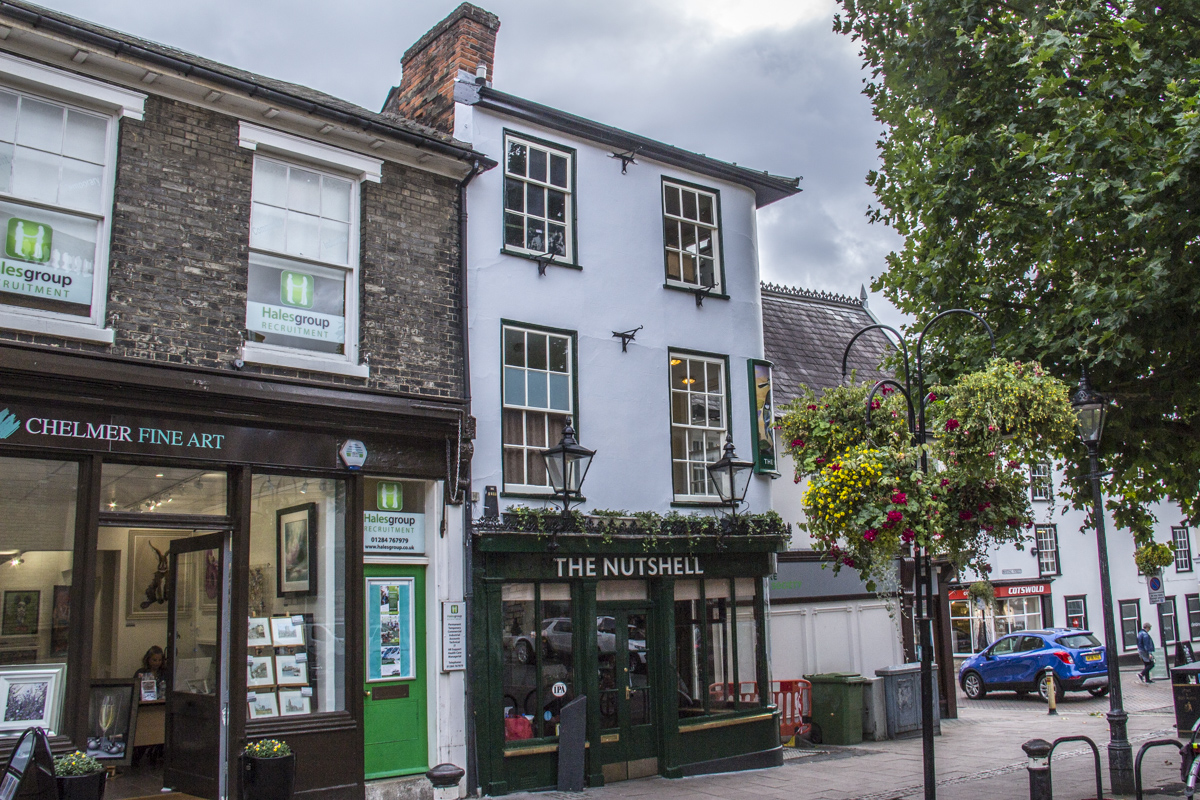
The Nutshell in Bury St Edmunds, Suffolk
A second, very distinctive pub and restaurant is housed in the Corn Exchange . This fabulous Grade 1 listed building owes its new lease of life to Wetherspoons who began refurbishing the building in 2011. The majority of the original features have been preserved and the interior with it high-domed ceiling and archways offers a very pleasant dining space. The exterior is much the same as it was in 1862 when the Corn Exchange opened for the buying and selling of corn. This business was transacted on Wednesdays and it was used for public functions on other days.
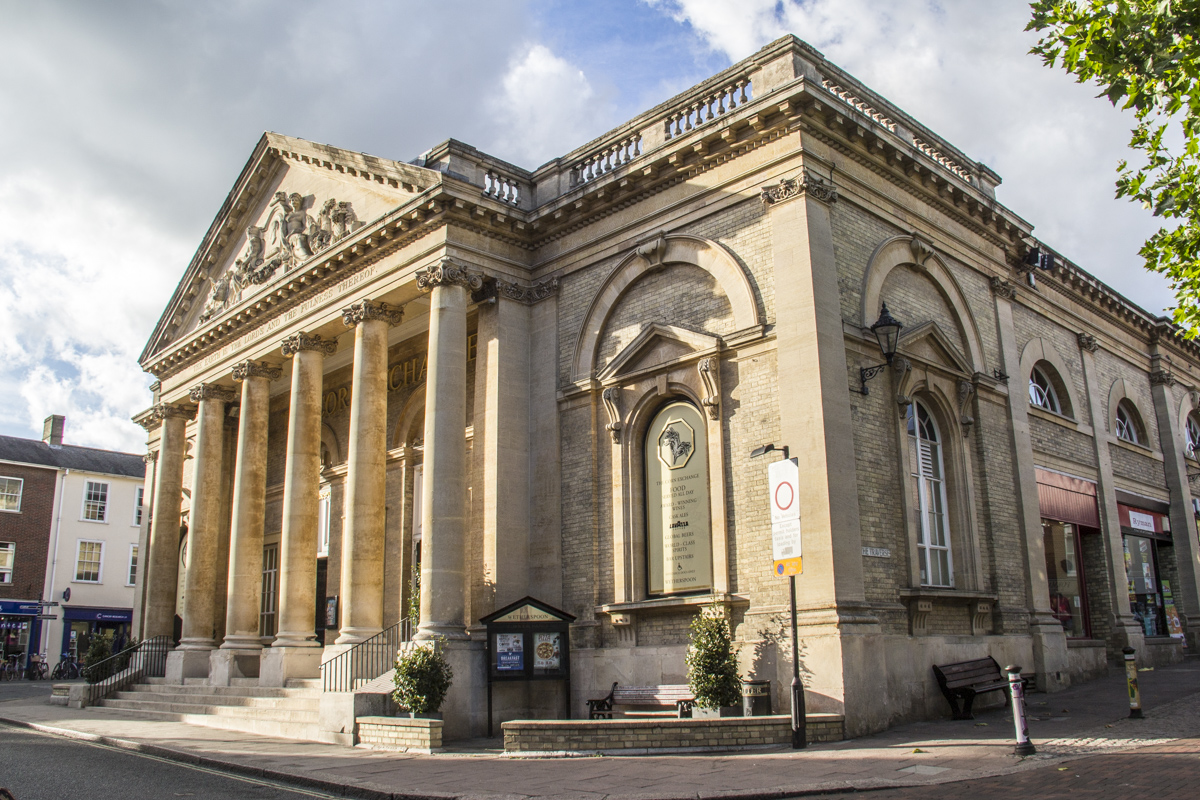
The Corn Exchange in Bury St Edmunds, Suffolk
Moyse’s Hall Museum
On the far side of the market place in Bury St Edmunds is Moyse’s Hall Museum. Moyse’s Hall, a twelfth century building served as the town’s Bridewell (a prison or reform school for petty offenders), workhouse and police station before it opened as a museum in 1899.
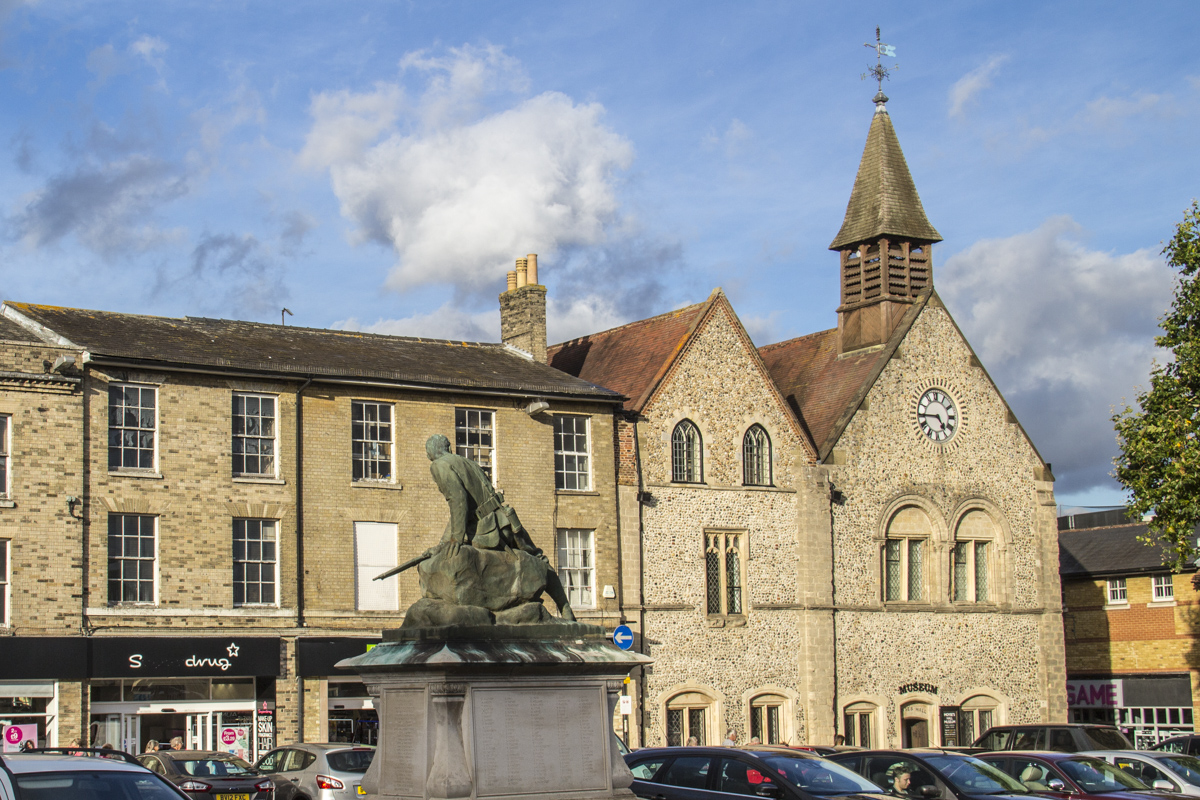
Moyse’s Hall Museum in Bury St Edmunds, Suffolk
The ground floor is the undercroft of the building with the Great Hall above it. The undercroft houses a permanent exhibition relating to crime and punishment and interesting insights into witchcraft and superstition. The Great Hall is used for temporary exhibitions. Also on display is a world class collection of clocks and watches including some rare timepieces. This collection was given to the town by the musician and collector of clocks, Frederick Gershom Parkington. It was originally housed in the Cupola House another distinctive building in the centre of the town. Frederick Gershom Parkington was born in Bury St Edmunds in the pink building on Abbeygate whose ground floor is occupied by the Street Level Café. I can highly recommend the scones here.
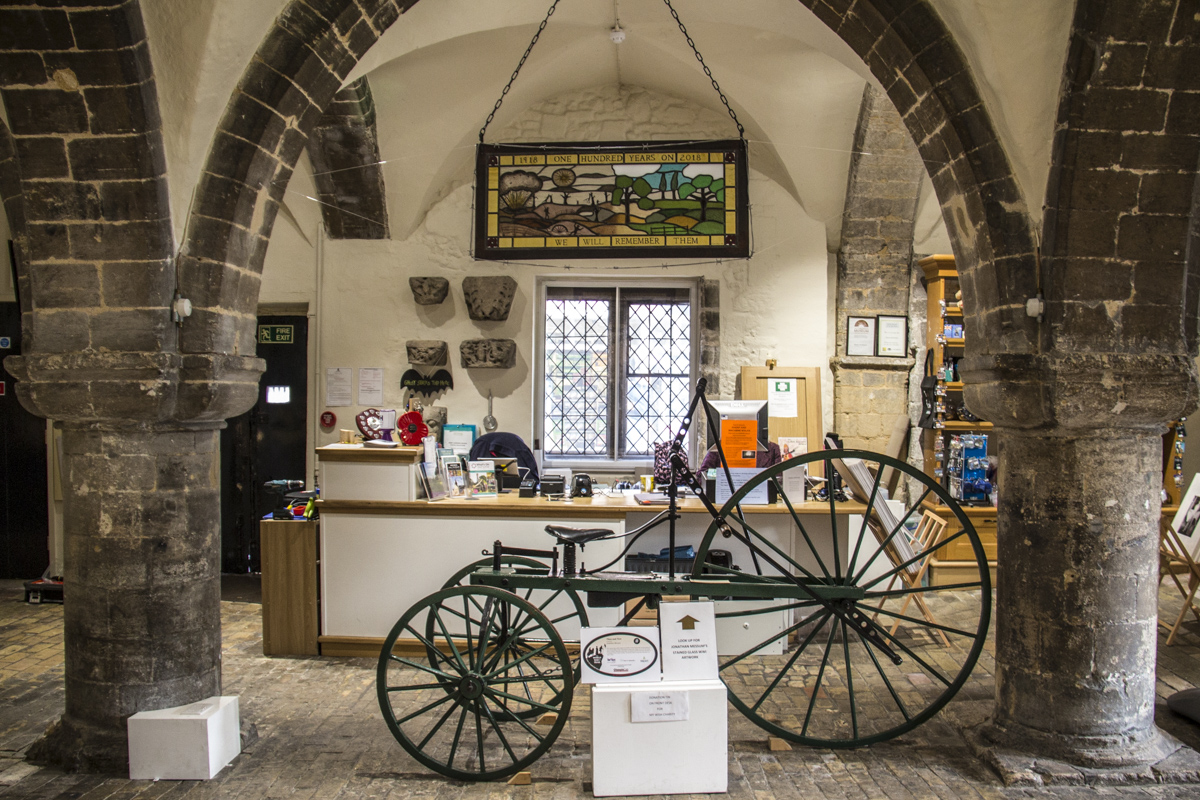
The undercroft of Moyse’s Hall Museum in Bury St Edmunds, Suffolk
The Guildhall
The Guildhall is known to date back to at least 1279 possibly earlier. Although it was built at the expense of the Abbey it was soon regarded as the civic centre of the town and it was here the Guilds were based and met to discuss their business, celebrate their successes and indulge in feasts. It is also claimed this was where meetings were held to plot the downfall of the Abbey. However, despite their best efforts the town did not achieve independence from the Abbey until the dissolution of the monasteries in the early sixteenth century. Thereafter the Guildhall became the true focus of civic life and it was here the town council met and principle ceremonies of the town were held. It also acted as an Assembly house, Court room and town library. It is the oldest, continually-used civic building in Britain. Today it is a Heritage Centre relating its own story. Visitors are advised to check opening times on their website.
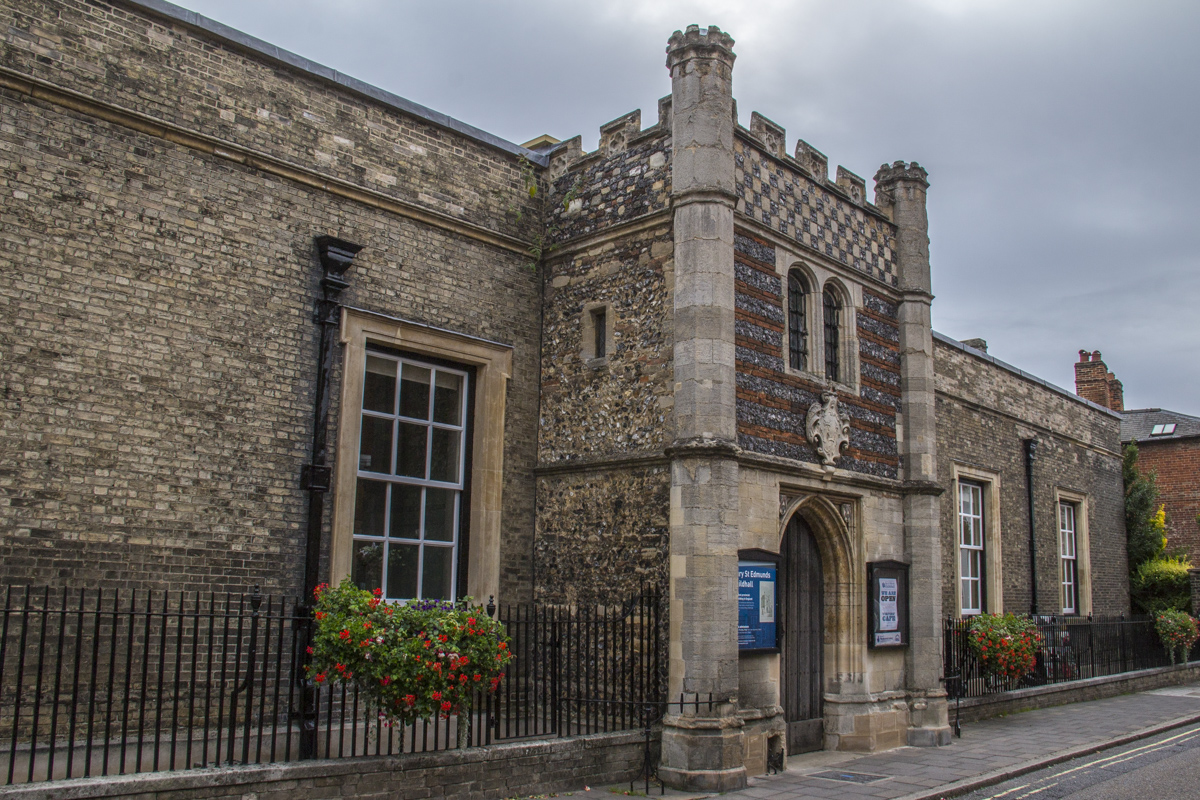
The Guildhall in Bury St Edmunds, Suffolk
During the Second World War it was used as a Royal Observer Corps Control Centre. This room, recently refurbished and opened to the public is the only surviving room of its kind in England. I began my visit on the ground floor, in the old courtroom. I then moved into the banqueting hall where I managed to resist the tempting display of home-made cakes as I browsed the information boards. Outside I found the detached Tudor kitchen – built there to prevent any fires that started in the kitchen spreading to the main building. I also spent some time exploring the gardens that include a Tudor Knot garden and an historic herb garden. I kept the best for last and finally made my way upstairs to the operations room. It was like walking into a film set – all that was missing was the sound of planes passing overhead. That was soon remedied as I was able to don a pair of head phones and listen the different sounds made my different aircraft. It was a thrilling experience.
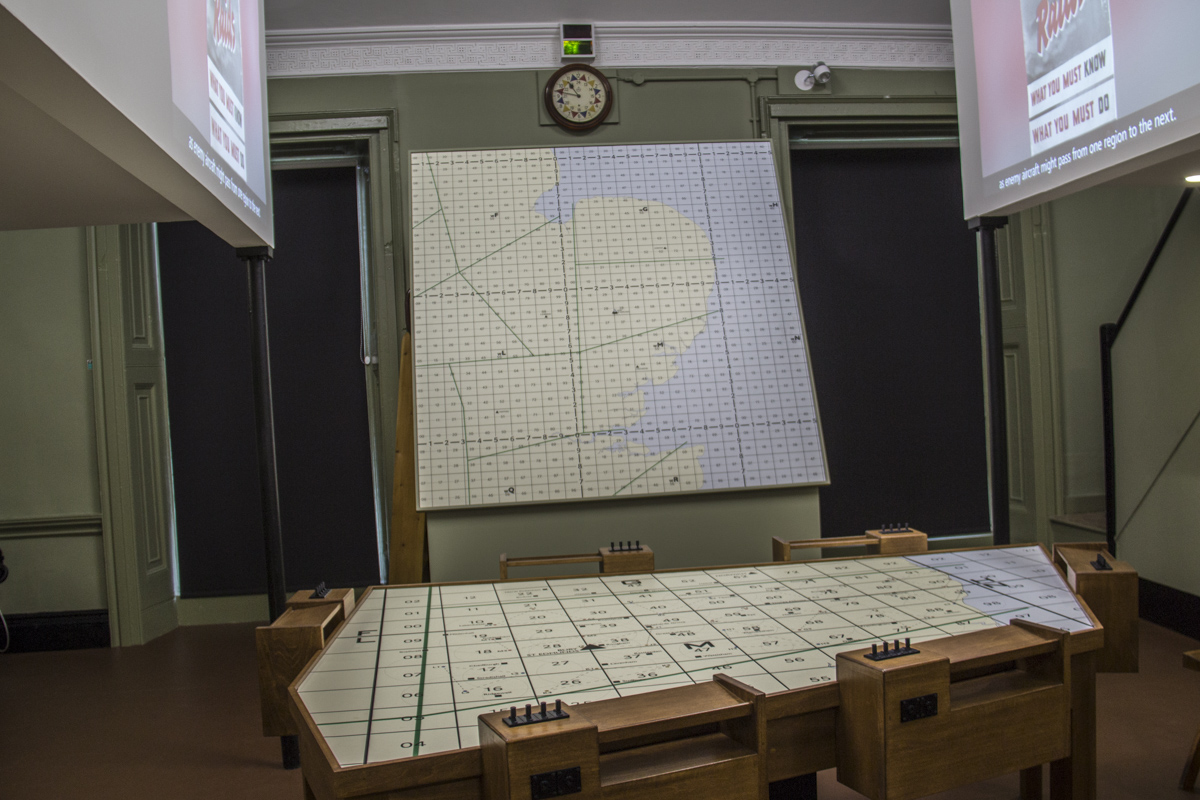
Royal Observer Corps Control Centre at the Guild Hall in Bury St Edmunds, Suffolk
There was just time to visit one other prestigious building, the Athenaeum. Purpose-built as Assembly Rooms in the early eighteenth century the lovely rooms of this Grade 1 listed building are available to hire. It is particularly popular for weddings and balls. It is worth going inside to admire the ornate Georgian Ballroom with its chandeliers and staircase flanked upper entrance. The ladies’ toilets are also worth a sneaky peak as the old wooden structure of the shops that once lined the ground floor can still be seen there. The Athenaeum has a commanding position at the top of Angel Hill, next to the Angel Hotel where Charles Dickens stayed on two occasions when he was giving readings in the Athenaeum.
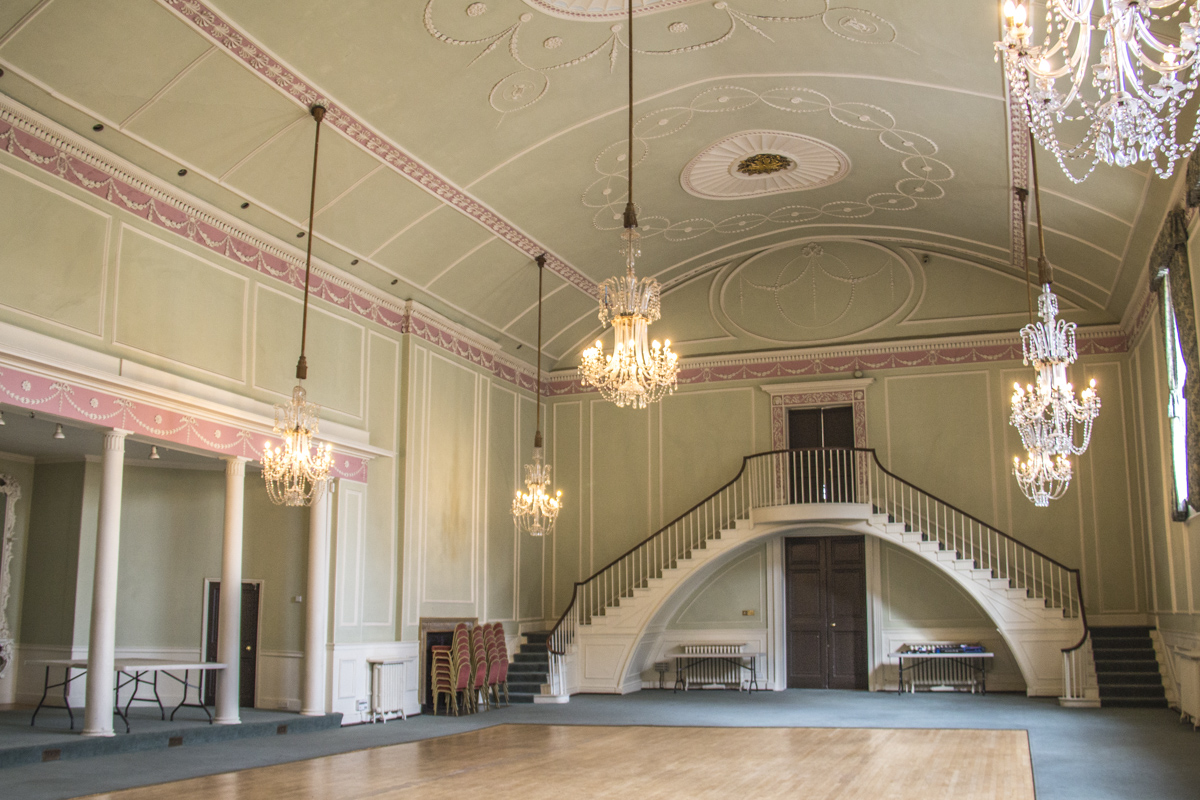
The ballroom in the Athenaeum in Bury St Edmunds, Suffolk
I had done a full circuit of the People’s Square, next stop, God’s Square.
Where to Stay
I can highly recommend the The Northgate, a luxurious, yet not outrageously expensive boutique hotel close to the city centre. The hotel has nine rooms, all beautifully furnished and well-equipped. Although the hotel is very close to the town centre on a reasonably busy road being set back from this road any traffic noise is not. A real plus is the lovely garden and terrace at the back – a delightful setting for anything from morning coffee to afternoon tea or a cocktail party. There is also plenty of parking beyond the garden – always a plus in a city centre hotel. This hotel, a short walk from the city centre is perfectly placed for anyone visiting the town.
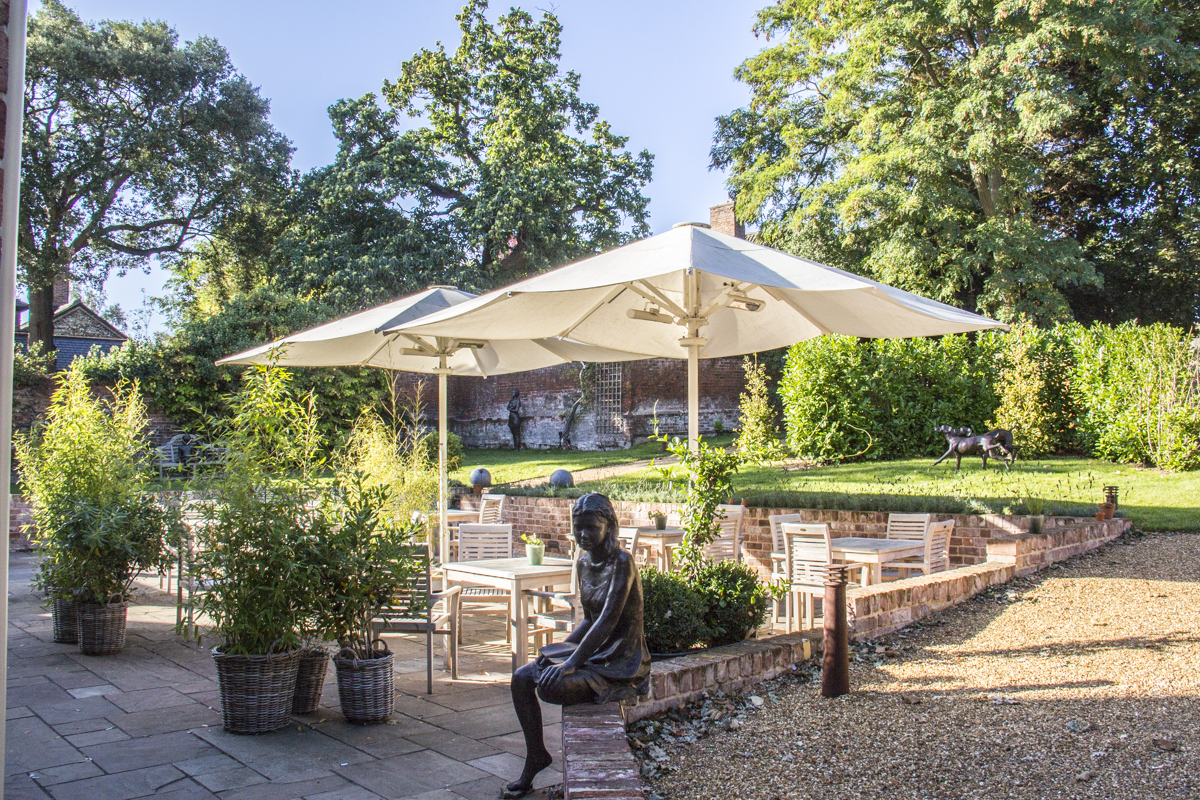
Garden at the rear of The Northgate in Bury St Edmunds, Suffolk
The Restaurant at The Northgate offers very fine dining in its restaurant using local, seasonal produce. The young staff are friendly, helpful and professional. My dining experience was exceptional, my breakfast was really good and throughout my stay I felt very welcome and well looked after. 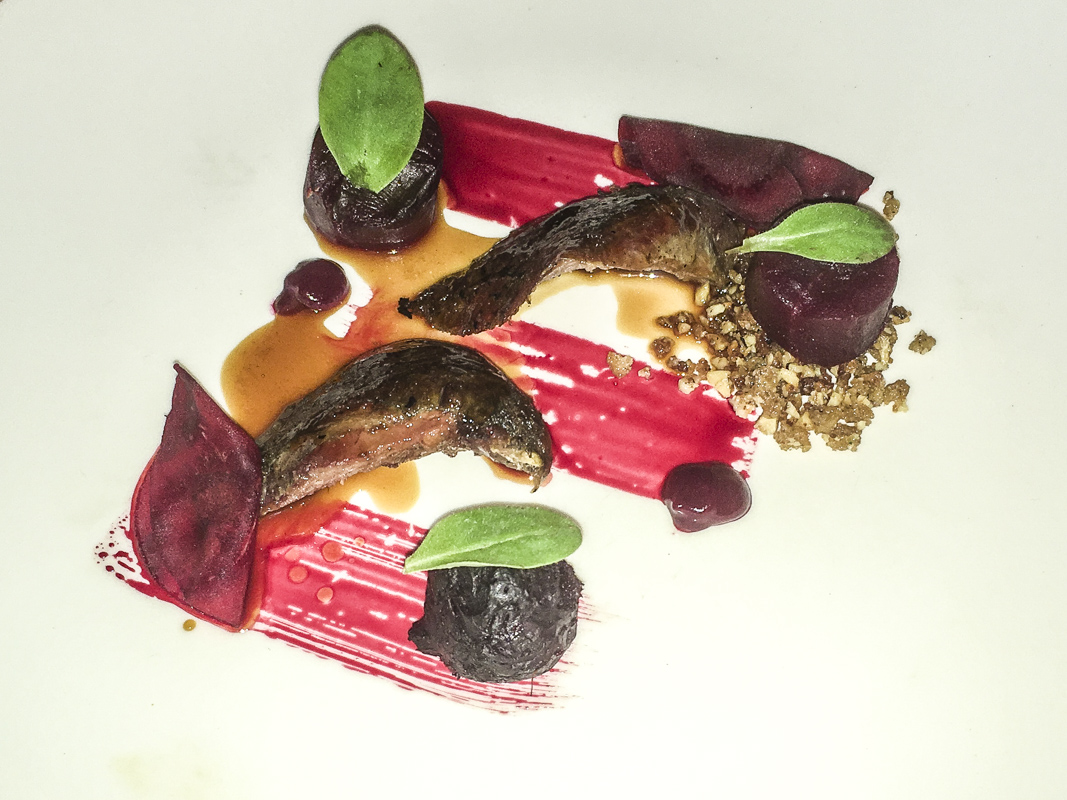
Starter at The Northgate restaurant in Bury St Edmunds, Suffolk
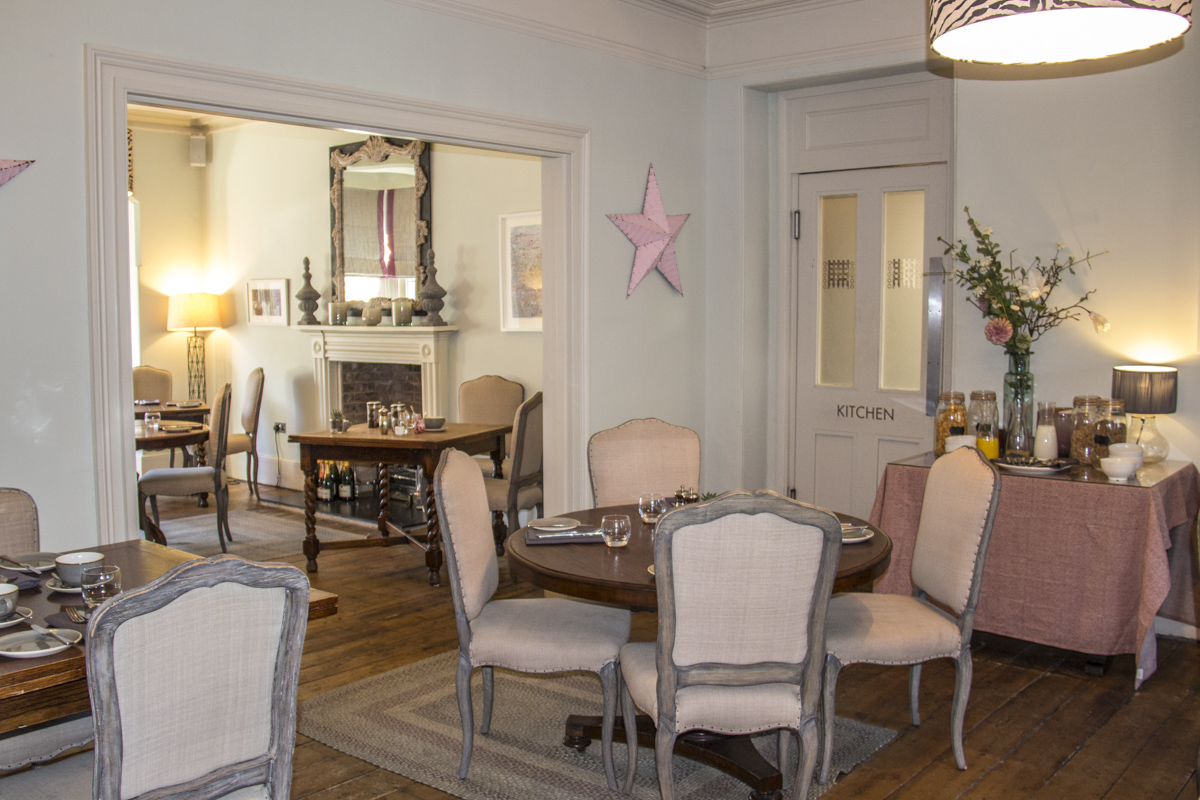
Restaurant set for breakfast at The Northgate in Bury St Edmunds, Suffolk
Bury St Edmunds in the Limelight
Now Available on GPSmyCity.com
This article is now featured on GPSmyCity. To download this article for offline reading or travel directions to the attractions highlighted in this article, go to Walking Tours in Bury St Edmunds on GPSmyCity
This article was based on the personal experience of Valery, an ExperiencedTraveller.